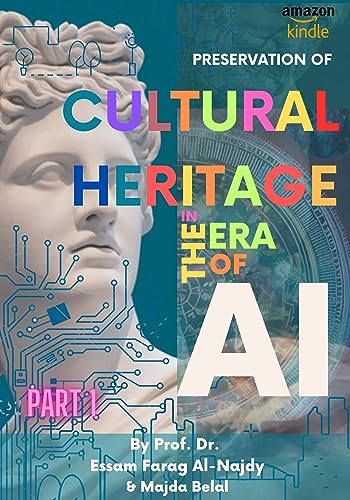The world is at a critical juncture when it comes to energy production and consumption. As we grapple with the consequences of climate change and the urgent need to reduce our carbon footprint, the spotlight has turned to renewable energy sources like solar and wind power. These sources hold immense promise for a sustainable future, and the integration of artificial intelligence (AI) is making it possible to harness their full potential. In this blog post, we’ll explore the exciting innovations at the intersection of AI and renewable energy and how they are shaping the future of power generation.
The Green Revolution: Why Renewable Energy Matters
Before we delve into the role of AI in renewable energy, let’s understand why these energy sources are so crucial for our planet’s future. The burning of fossil fuels for energy production has led to a significant increase in greenhouse gas emissions, contributing to global warming and climate change. In contrast, renewable energy sources like solar and wind power offer a clean, sustainable, and virtually limitless energy supply.
Solar Power: Harvesting the Sun’s Energy with Precision
Solar power has gained popularity over the years as solar panel technology has become more accessible and cost-effective. But one of the key challenges in harnessing solar energy is its variability. Solar panels are dependent on the sun’s intensity and position, making energy production inconsistent.
This is where AI steps in. AI algorithms can analyze weather data, track the sun’s movement, and adjust solar panel positioning in real-time to maximize energy capture. By doing so, AI enhances the efficiency of solar panels and increases the overall energy yield.
Furthermore, AI-driven predictive maintenance can identify and address issues in solar panels before they lead to significant downtime. This not only ensures a continuous energy supply but also reduces maintenance costs.
Wind Power: Predicting and Optimizing Wind Patterns
Wind power is another renewable energy source with vast potential. Wind turbines convert the kinetic energy of wind into electricity. However, like solar power, wind energy is subject to fluctuations based on wind speed and direction.
AI’s ability to analyze vast amounts of data in real-time has proven invaluable in the wind power sector. AI algorithms can predict wind patterns, allowing for optimal turbine positioning to capture the most energy. This predictive capability not only increases energy output but also extends the lifespan of wind turbines by reducing wear and tear.
Moreover, AI-powered condition monitoring can detect issues in wind turbines early, preventing costly breakdowns and reducing maintenance costs. By integrating AI into wind energy systems, we can make wind power more reliable and efficient than ever before.
Grid Management: Balancing Supply and Demand with AI
One of the major challenges in transitioning to renewable energy sources is the intermittent nature of solar and wind power. The sun doesn’t shine 24/7, and the wind doesn’t blow consistently. This poses a significant challenge for grid operators who must balance supply and demand in real-time.
AI-powered grid management systems are addressing this challenge head-on. These systems can predict energy generation from renewable sources and adjust energy production from conventional sources accordingly. They also enable the efficient storage and distribution of excess energy during periods of high generation, ensuring a stable power supply.
Energy Storage: Unlocking the Full Potential of Renewables
Energy storage is a critical component of the renewable energy ecosystem. It allows us to capture excess energy generated during favorable conditions and release it when demand is high or renewable energy production is low.
AI plays a pivotal role in optimizing energy storage systems. Machine learning algorithms can analyze historical data to determine the best times to charge and discharge energy storage systems. This ensures that stored energy is used efficiently and minimizes energy wastage.
Furthermore, AI can enhance the longevity of energy storage systems by monitoring battery health and providing early warnings about potential failures. This not only reduces maintenance costs but also increases the overall sustainability of renewable energy installations.
The Future of AI and Renewable Energy
As AI continues to advance, its role in renewable energy will become even more significant. Innovations in AI-driven energy forecasting, grid management, and energy storage will enable us to rely more on clean, renewable sources of energy, reducing our dependence on fossil fuels and mitigating the impacts of climate change.
Moreover, the synergy between AI and renewable energy extends beyond power generation. AI-driven solutions are being applied to improve energy efficiency in buildings, optimize transportation systems, and reduce energy consumption in industries, further contributing to a sustainable future.
In conclusion, the integration of AI into the renewable energy sector is a game-changer. It enhances the efficiency, reliability, and sustainability of solar and wind power, paving the way for a greener and more environmentally responsible energy landscape. With continued advancements in AI technology, we are on the cusp of a renewable energy revolution that will shape the future of our planet for generations to come.





